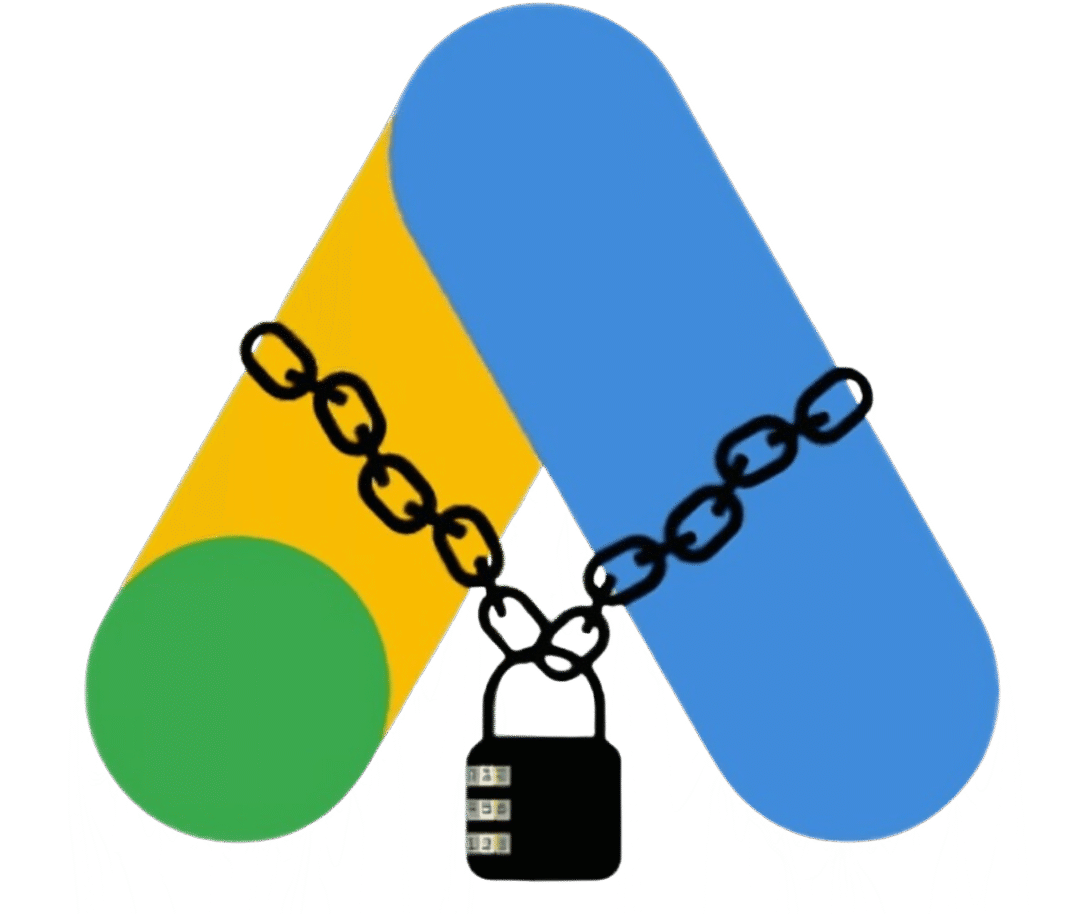SEO Tip #7 – Gamification is revolutionizing the way we approach search engine optimization. In this comprehensive guide, we will explore how integrating game mechanics into your SEO strategy can increase user engagement, improve dwell time, and ultimately boost your rankings. In this article, you will learn actionable strategies, real-world examples, and tips to implement gamification into your SEO plan. We will also discuss related topics like user experience, conversion optimization, and digital marketing trends to give you a full picture of how gamification can transform your website’s performance.
You can read SEO Tip #1

Understanding Gamification in SEO
Gamification is the process of applying game-like elements—such as points, badges, leaderboards, and challenges—to non-game environments. In SEO, these techniques can be used to create interactive experiences that encourage users to stay longer on your website and explore your content further. By doing so, you send positive signals to search engines, ultimately enhancing your site’s ranking.
Relevant LSI keywords include interactive SEO techniques, engaging user experience, SEO game mechanics, and digital engagement strategies. These terms underline the importance of making your site both user-friendly and interactive.
Why Gamification Matters for SEO
Search engines prioritize websites that provide high-quality, engaging content. By incorporating gamification, you can significantly enhance user engagement by:
- Increasing Dwell Time: Users spend more time exploring interactive elements, which can lead to lower bounce rates.
- Encouraging Repeat Visits: Reward systems and challenges motivate users to return to your site.
- Boosting Social Sharing: Unique and interactive content is more likely to be shared on social media, driving more organic traffic.
- Improving User Experience: Gamified content makes your website more enjoyable, increasing overall satisfaction.
For more on user experience and SEO, check out the Moz Free SEO Tools and the Search Engine Journal for industry insights.

Key Strategies to Implement Gamification in Your SEO
Implementing gamification in your SEO strategy can be approached in several creative ways. Below are some actionable strategies:
1. Interactive Content and Quizzes
Create interactive content such as quizzes, surveys, and polls that keep your visitors engaged. Quizzes can help users determine their needs or assess their knowledge, while surveys gather valuable user feedback. This not only enhances the user experience but also provides insights to further optimize your site.
For more details on interactive content, visit our internal guide on Interactive Content Strategies.

2. Reward Systems and Badges
Introduce reward systems to encourage user participation. Reward users with badges, points, or exclusive content for actions like commenting, sharing posts, or completing tasks. This system not only promotes return visits but also increases user loyalty.
Explore more about conversion optimization on Neil Patel’s blog to see how similar strategies work in digital marketing.
3. Leaderboards and Competitions
Leaderboards add a competitive element to your website by displaying top users, contributors, or high scorers. Competitions can motivate users to engage more deeply with your content as they strive to climb the leaderboard. This tactic not only increases site stickiness but also builds community among your users.
Learn more about competitive SEO strategies by visiting the Ahrefs Blog.

4. Storytelling and Narrative-Driven Experiences
Create a narrative that guides users through a series of challenges or milestones on your website. Storytelling makes the user journey memorable, keeping visitors engaged and encouraging them to explore more of your content. Use creative narratives to lead users through your brand story, product benefits, and community milestones.
For additional reading on storytelling in digital marketing, visit the Udemy SEO courses which offer detailed insights into content creation strategies.

5. Gamification in Local SEO
Local SEO can benefit immensely from gamification. Integrate local challenges, rewards, and leaderboards that encourage users to explore nearby businesses and services. This not only enhances user experience but also improves your local search visibility.
Discover more about local SEO techniques on our internal page dedicated to Local SEO Strategies.

Technical Aspects of Gamification in SEO
While gamification focuses on engaging users, the technical implementation must not be overlooked. Ensuring that interactive elements are optimized for speed and mobile responsiveness is crucial to maintaining a high-quality user experience.
Optimizing Page Speed
Interactive elements can sometimes slow down your website. Use tools like Google Webmaster Tools and Moz Free SEO Tools to monitor and optimize your page speed. A fast-loading site ensures that users can interact with gamified elements without frustration.

Ensuring Mobile Optimization
With the majority of users accessing content via mobile devices, it is essential that your gamified elements are responsive. Mobile optimization not only improves user experience but also contributes to higher rankings in mobile search results. Responsive design ensures that interactive content, quizzes, and leaderboards display correctly on all devices.
Measuring the Impact of Gamification on SEO
To evaluate the success of gamification in your SEO strategy, track key performance metrics such as:
- Dwell Time: Monitor the average time users spend on your site.
- Bounce Rate: Measure the percentage of visitors who leave after viewing only one page.
- Engagement Rates: Track interactions, comments, shares, and other engagement metrics.
- Conversion Rates: Analyze the number of users who complete desired actions, such as signing up or making a purchase.
For advanced measurement techniques and detailed analytics, refer to the Backlinko Blog and insights available on Ahrefs Blog.

Integrating Gamification with Other SEO Strategies
Gamification works best when integrated with other SEO strategies. For example, combining gamified elements with quality content marketing, backlink building, and social media engagement can create a synergistic effect, further enhancing your website’s overall performance.
Consider linking your gamification strategy with your content calendar and promotional strategies. For more guidance, explore the Coursera SEO courses and Edraak for a comprehensive learning experience in digital marketing.

Real-World Examples of Successful Gamification in SEO
Many top brands have successfully implemented gamification into their SEO strategies. Let’s take a look at a few examples:
Example 1: Educational Platforms
Online learning platforms, such as those featured on Udemy and Coursera, use gamification to make learning more engaging. Features like progress tracking, quizzes, and badges help retain learners and keep them coming back for more courses.
Example 2: E-commerce Websites
E-commerce platforms have also embraced gamification by offering loyalty programs, reward points, and interactive challenges that encourage users to explore products and participate in community events. These initiatives not only boost user engagement but also enhance social sharing and conversion rates.
Example 3: Digital Marketing Blogs
Blogs and websites dedicated to digital marketing, such as Search Engine Journal and Moz SEO Guide, use gamification to drive user interaction and content exploration. Incorporating elements like interactive infographics, quizzes, and challenges can significantly improve user retention and signal quality to search engines.
Best Practices for Implementing Gamification in SEO
To ensure your gamification strategy is effective and enhances your SEO, follow these best practices:
- Keep It Simple: Avoid overcomplicating the user experience. Focus on clear, intuitive gamification elements.
- Focus on User Value: Ensure that every gamified feature adds value and improves the user experience.
- Monitor Performance: Regularly review metrics such as dwell time, bounce rate, and conversion rates to gauge success.
- Iterate and Improve: Use A/B testing and user feedback to refine your gamification tactics over time.
- Integrate Seamlessly: Blend gamification elements naturally with your existing content and SEO strategies.
Future Trends in Gamification and SEO
As technology evolves, so do the opportunities to enhance SEO through gamification. Emerging trends include:
- Augmented Reality (AR): AR can be used to create immersive experiences that blend the physical and digital worlds, engaging users in innovative ways.
- Artificial Intelligence (AI): AI-powered chatbots and recommendation systems can provide personalized gamified experiences based on user behavior and preferences.
- Virtual Reality (VR): VR offers the potential for fully immersive digital environments that encourage deep interaction and engagement.
Staying up-to-date with these trends is crucial for maintaining a competitive edge. Follow industry leaders on platforms like Edraak and check out courses on Udemy for further insights.

Integrating Internal and External Resources
For a robust SEO strategy, it is important to connect with both internal and external resources. Internal links help users navigate your site and discover related content. For example, if you are reading about gamification, you might also be interested in our detailed guides on Advanced SEO Tips and Digital Marketing Strategies.
External links provide additional value and credibility. Some highly recommended external resources include:
- Google Webmaster Tools
- Moz SEO Guide
- Neil Patel
- Search Engine Journal
- Backlinko Blog
- Ahrefs Blog
- Coursera
- Udemy
- Edraak

Conclusion
Gamification is a dynamic and effective approach to enhancing SEO performance. By integrating interactive elements, reward systems, competitive leaderboards, and narrative-driven experiences, you can significantly boost user engagement and improve your website’s search engine rankings. The key to success lies in ensuring that these elements are seamlessly integrated with your overall SEO strategy, are optimized for speed and mobile performance, and are regularly updated based on user feedback and performance metrics.
In summary, leveraging gamification in SEO not only improves user experience but also drives repeat visits, increases dwell time, and generates valuable user interactions. As digital marketing continues to evolve, integrating innovative gamification strategies will be essential to remain competitive and achieve lasting online success.
FAQ
- Q1: What is gamification in SEO?
- A: Gamification in SEO involves integrating game-like elements such as points, badges, quizzes, and leaderboards into your website to enhance user engagement and improve search engine rankings.
- Q2: How does gamification improve SEO performance?
- A: By increasing user engagement, dwell time, and social sharing, gamification sends positive signals to search engines about the quality of your website. This can lead to better rankings and more organic traffic.
- Q3: Can small businesses benefit from gamification in SEO?
- A: Absolutely. Gamification can be tailored to any business size, making it a versatile strategy for enhancing user experience, driving repeat visits, and improving local SEO efforts.
- Q4: What tools can help monitor the effectiveness of gamification in SEO?
- A: Tools like Google Webmaster Tools, Moz Free SEO Tools, and Ahrefs Blog can help you track key metrics such as dwell time, bounce rate, and conversion rates.
- Q5: Where can I learn more about gamification and SEO?
- A: You can explore additional resources on Neil Patel, Search Engine Journal, and other industry-leading sites mentioned throughout this article.


